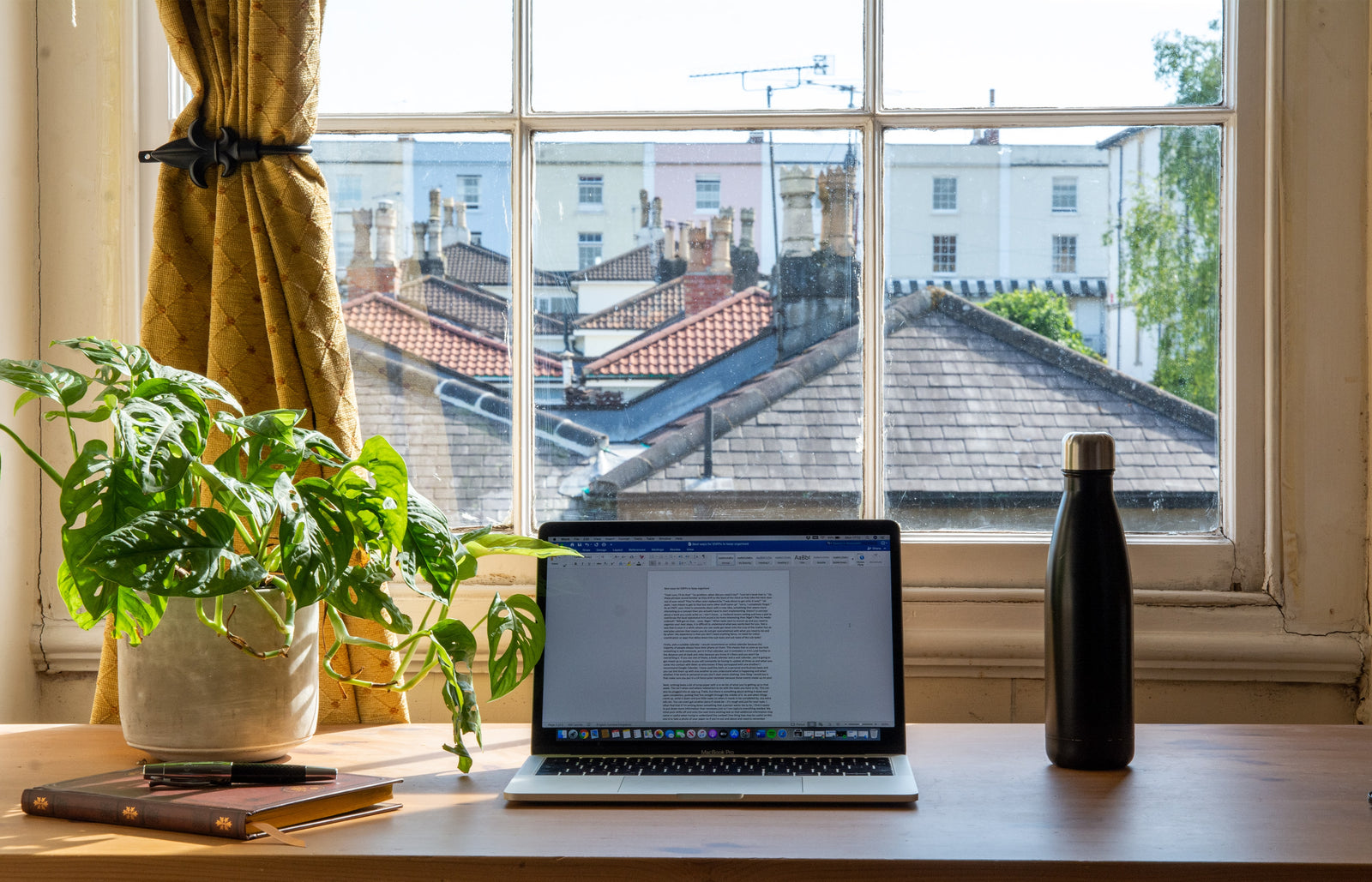How to set up an ergonomic space in your home or offce
Lower back in bits?
Does this ring a bell? That crack in your neck, the pain in your lower back or sore knees? A lot of the aliments we suffer are from poor ergonomic set ups. A few changes can really help you maximise your productivity, health and posture. Deskmate are on hand to help you achieve a better work space and overall balance.
WFH ergonomics.
Spending long hours at a desk or bent over a laptop contributes to fatigue and poor posture. One easy thing you can do to combat this is to find ways to move more as you work. For example, make sure you move every hour for at least 10 minutes, this can be around the house, the block or even local park. Top tip! Try setting an alarm every hour or half hour to remind you to keep active. When it goes off stand up, do some stretches and stay active!
Standing Desks are a thing.
A sit/stand desk is a great investment, even though we happen to be bias. If you’re standing on a hard floor, a mat makes things easier on your knees, as does a pair of comfortable shoes. We recommend one hour on, one hour off in terms of sitting/standing. Top tip! Working in a standing position carries the same ergonomic rules as sitting, so take time to ensure that the top of your monitor is at eye height, and that your arms can rest easily just above your keyboard and you aren’t reaching up. Make sure you are always at a right angle when looking at your positioning.
Place your screen at the right height.
It’s tempting to keep your monitor close, but with your chair pulled in and arms stretched out in front of you, you should not be able to touch the screen. Placing the monitor too high can cause neck problems, so make sure the top is at or just below eye level. The keyboard and mouse should be placed around 10-15 cm from the edge of the desk, so that your wrists are supported, but not so far away that your neck and shoulders lean forward. Top tip! Try tilting the monitor by 20°-30°, which is an optimal angle for the eyes as well as the neck and shoulders.
Invest in a chair.
Look for a chair that gives back support, is adjustable, and has swivel wheels so you can keep moving. Height-wise, you want to be able to sit upright with your monitor at eye level and your feet flat on the floor. Armrests on the chair help support your arms and elbows, which should be at a 90-degree angle with your hands. Top tip! For maximum flexibility, look for an ergonomic chair that can tilt, has a head rest and back rest, and offers lumbar support.
Lighting is extremely important.
A well-lit environment helps concentration and relieves eye strain. If you can, setting up a workspace next to a window is ideal, just be sure to place your computer at a 90° angle to the window to avoid glare. You can also recreate daylight using lightbulbs that have a similar light spectrum to natural sunshine. Task lighting on the desk helps provide a spotlight on work too, which is great if you need to focus on things like paperwork. Top tip! Place the lamp on the opposite side to the hand you write with to reduce shadows (so on your left side if you are right-handed).
Fresh Air if possible.
Plenty of fresh air helps concentration, but did you know that the air you breathe indoors can be more polluted than the air on the street outside? By adding an air purifier such as an air purifier you can improve your indoor air at an affordable price. Top tip! When using an air purifier, ensure that the flow of air is not blocked and that you’re not directly facing the air outlet to avoid uncomfortable drafts.
Create and calm and tranquil workspace.
If you don’t have a separate room for working, a sound-absorbing barrier can create a secluded and quiet zone where you can work undisturbed, just about anywhere. For example, a sound-absorbing desk divider dampens noise levels, absorbs sound and reduces echoes. Plus it’s easy to mount to your desk, just use the included clamp. Top tip! Personalise your work spot by using the screen to display notes, pictures and other things you like.


